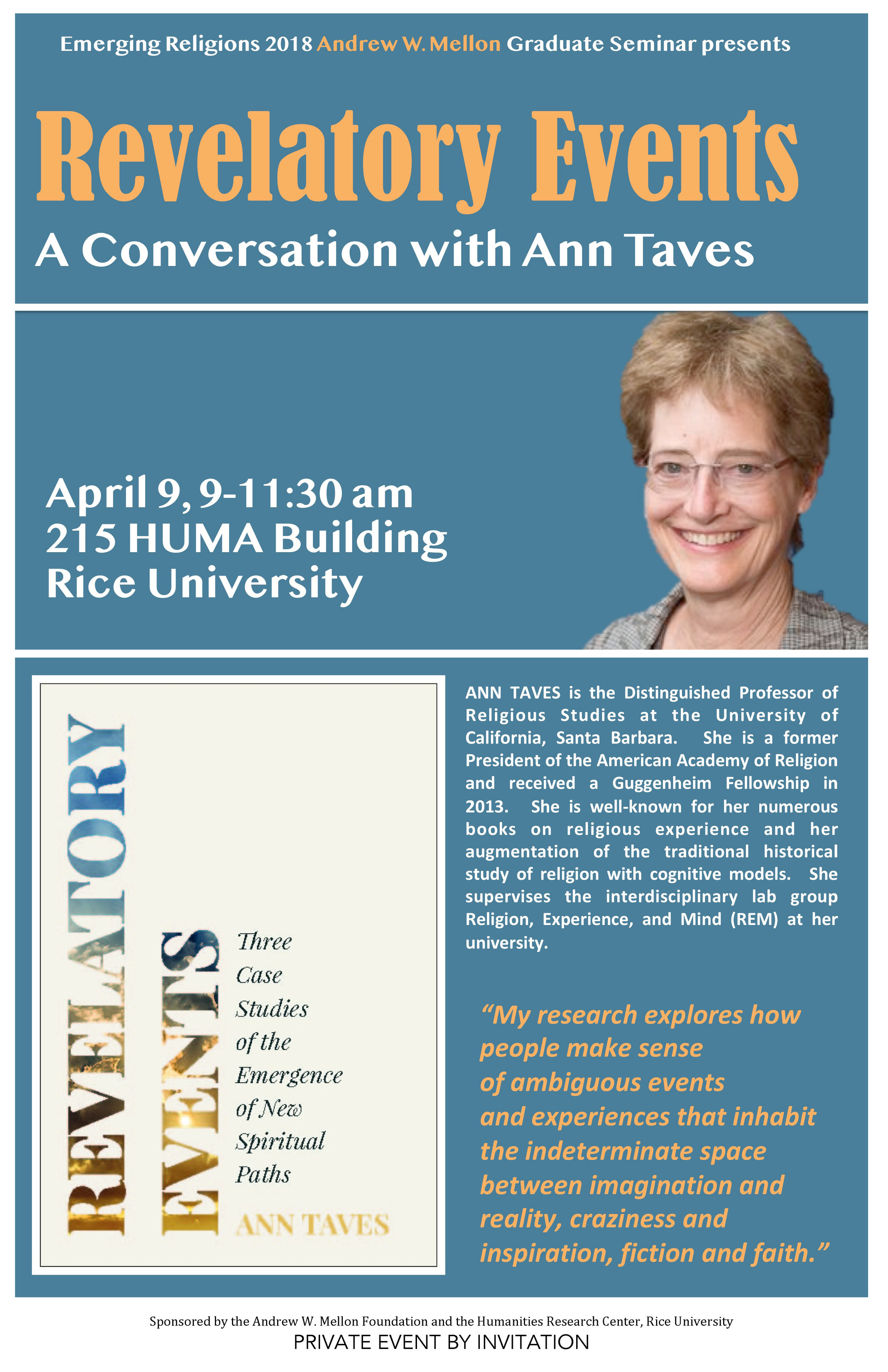Finally we have a introductory "textbook" that covers the main tenets of the cognitive science of religion as they are applied to the field of New Testament and early Christianity. Czachesz argues that the human component with its mental and cultural constraints is essential to augment traditional biblical exegesis or even to change the conventional focus of biblical exegesis.
Whenever I have spoken about this, I have talked about the missing link in biblical studies: the human factor. That is, biblical exegesis has traditionally forfeited understanding the ways in which humans process information and make sense of the world through their bodies, their brains, their memories, and their emotions. All of these impact the shape and character of the texts people write, and thus our understanding of these texts as historians.
Czachesz further suggests that we are dinosaurs if we think that we can continue to operate as scholars by ignoring science and the scientific method. He thinks that cognitive approaches help us to integrate scientific thinking (experimental research; computer modeling; naturalistic explanations) with our study of early Christianity. He applauds the payoff, suggesting that the naturalistic explanations and materialistic mechanisms, some experimentally based, provide a securer foundation for our historical analyses than traditional methods have allowed.
István’s approach is to divide his subject (religion in the New Testament) into cognitive areas, after first giving a three chapter overview of the standard theories in the cognitive study of religion and the anatomy of the brain.
He begins by asking what studies on memory and transmission of ideas and practices can do for us as biblical scholars. After covering the standard analyses of memory and emotion, and how minds process and structure information, he argues that early Christian literature reflects these processes, here referring to studies of the passion narratives and martyrdom stories in the canonical and apocryphal gospels and acts, the sermon on the mount, and the synoptic problem.
Second he covers ritual, with a nod toward some psychological models on compulsive behavior. He discusses in this chapter baptism, communal meals, and prayer, in terms of cost benefits, modes of religiosity, efficacy and magical agency.
Third, he takes on the intersection of magic and miracle in the Jesus stories, arguing that cognitive approaches can help us see these as two subjects that are interrelated phenomena. He does so by applying studies on superstitious conditioning, mental intuitions about the mechanisms and effects of magic in terms of agency and contagion, and the attractiveness of miracle stories as counterintuitive. He applies these cognitive insights to Paul’s magical practices in Ephesus according to the Book of Acts.
Fourth, he covers what cognitive neuroscience and philosophy of mind have been saying about religious experience and altered states of consciousness, everything from subjectivity to cultural contexts, from the lobes of the brain theory, to extreme religious experience. He applies these studies to the phenomena of speaking in tongues at Corinth, and the tour of heaven in the Ascension of Isaiah.
Fifth, he looks at studies of morality and its origins in the domains of neurobiology, social cognition, group behavior, and moral emotions. He argues that biblical morality is not an artifact created by theologians and philosophers, but rather it is an aspect of human cognition and behavior. The application in this chapter is more broadly conceived in terms of religion, and less in terms of specific test cases within the New Testament.
Sixth, he turns to social networks and computer models to explain the spread of early Christianity.
István’s book is the one that I wish I had a few years ago when I taught a course I designed on Cognitive Science of Religion and biblical studies called The Bible and the Brain. I set up the course with similar thematic sections and then biblical applications. So I highly recommend this book to anyone who wants to familiarize themselves with Cognitive Science and Religion and biblical studies, or who wants to create a course on it. It is a perfect learning and teaching tool.













































































